Contrary to what was hoped for a long time, the Olymphic Games in Japan had to take place without any audience at all. Japanese were not allowed into the stadiums either. Just before the covid pandemic began, we traveled to Shizuoka Prefecture, where all the cycling competitions were held. When Japan opens up to foreign travelers again, Shizuoka is an ideal destination for first-timers to Japan. Located about 100 kilometers from the capital city of Tokyo, the prefecture offers plenty of nature, formative history and culinary experiences. Shizuoka can be reached in about an hour from Tokyo by the Shinkansen, Japan’s famous express train. Here travelers will find traditional Japan with temples and shrines, as well as culinary attractions and leisure activities. There are exclusive hotels as well as small family-run ryokans. In Shizuoka, everything is a bit quieter and more manageable than in the travel hotspots Tokyo, Osaka or Kyoto. A fact that could become even more attractive for the time after Corona. Our editorial team was also on the road with a rental car. Despite left-hand traffic, self-sufficient travel by car is highly recommended. The road network is good, and Japanese drivers are relaxed and considerate. Special highlight: In Shizuoka, near the city of Fujinomiya stands Japan’s holy mountain, Mount Fuji. Nowhere else can you get as close to it as there! A culinary journey around Mount Fuji and the Izu Peninsula in several reports.
Nippondaira Hotel Shizuoka and the shy beauty
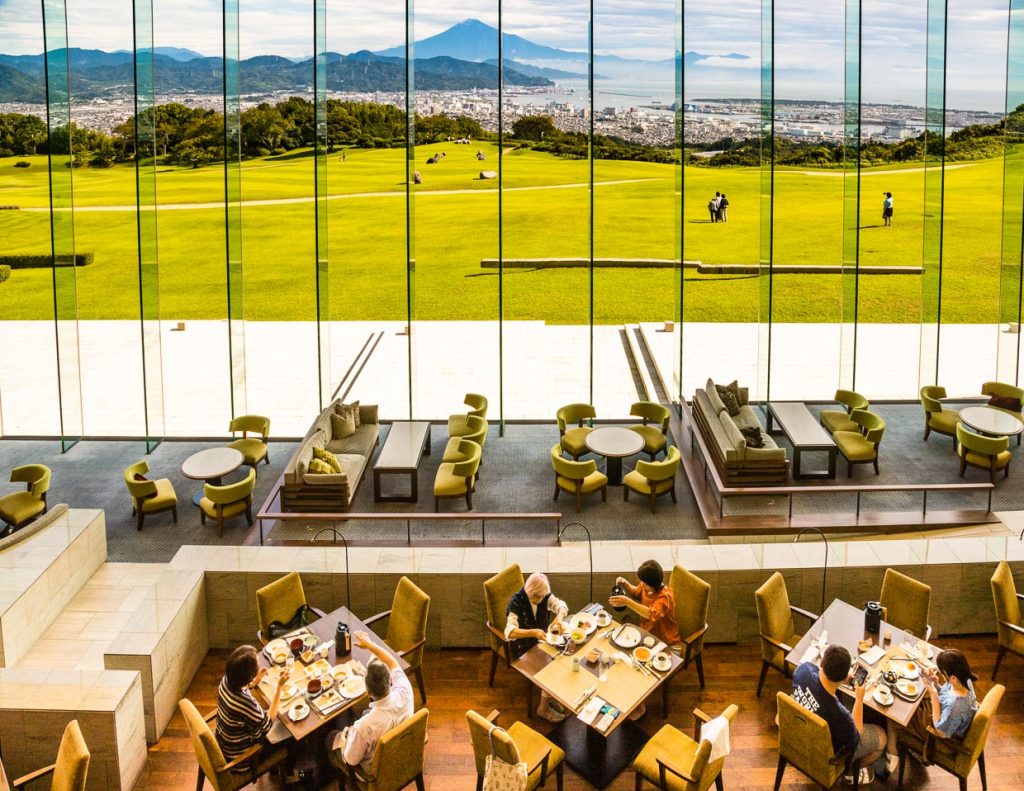
Hotel Nippondaira has been around for more than 50 years, overlooking Suruga Bay. The view of Mount Fuji varies almost hourly. The extensive park with Japanese rock garden provides a view down to the city of Shizuoka in the prefecture of the same name.
Important cultural site – Kunozan Toshogu Shrine
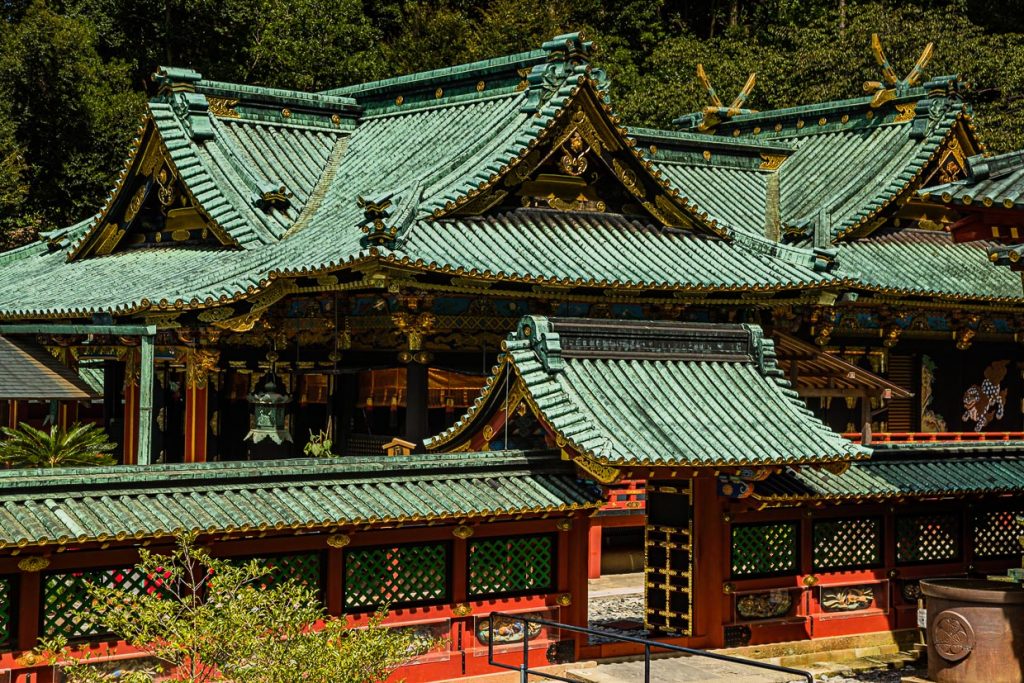
From the Nippondaira Hotel, you can reach the Nihondaira Ropeway on foot. The ride in the small cabin is already part of the sight. The cable car floats down to one of the most important cultural sites of the Japanese, the former burial place of the first shogun Tokugawa Ieyasu. Shizuoka was home to both the first and last shoguns of Japan.
Of soba, sake and satoyama – an exciting day trip
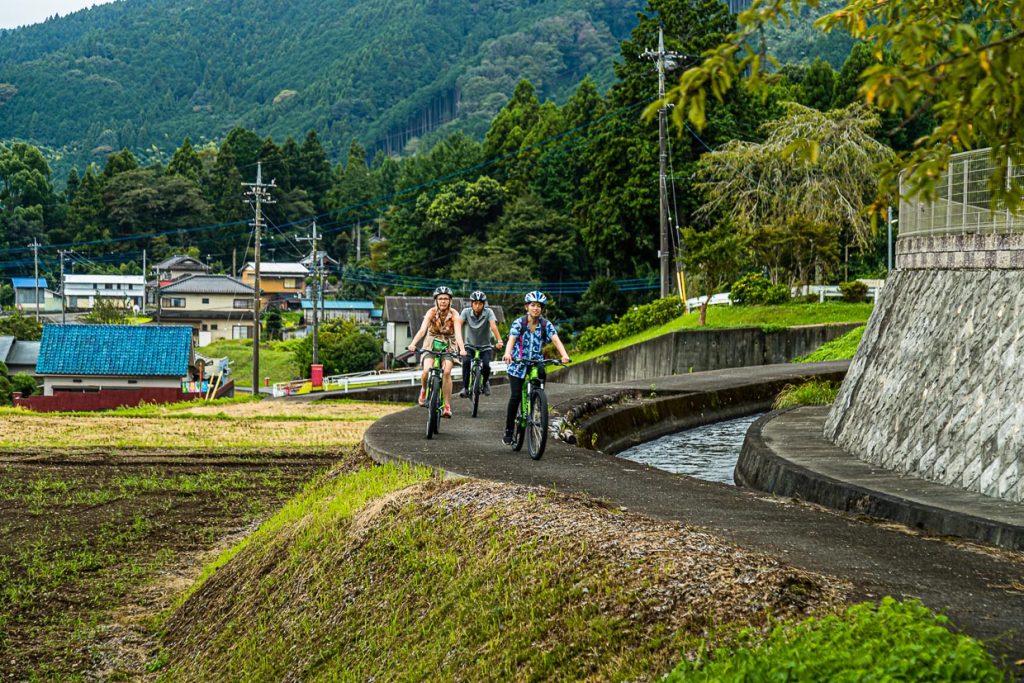
Soba, sake, satoyama are three typical things travelers can experience when visiting Fujinomiya, the town at the foot of Mount Fuji. Regional tour providers also put together day trips for travelers. On one such trip, we combine a “soba noodles” cooking workshop with a bike ride through what Japanese call “satoyama,” a landscape between mountain and farmland, and a visit to a sale brewery.
Visit to Mr Slow Food Mount Fuji
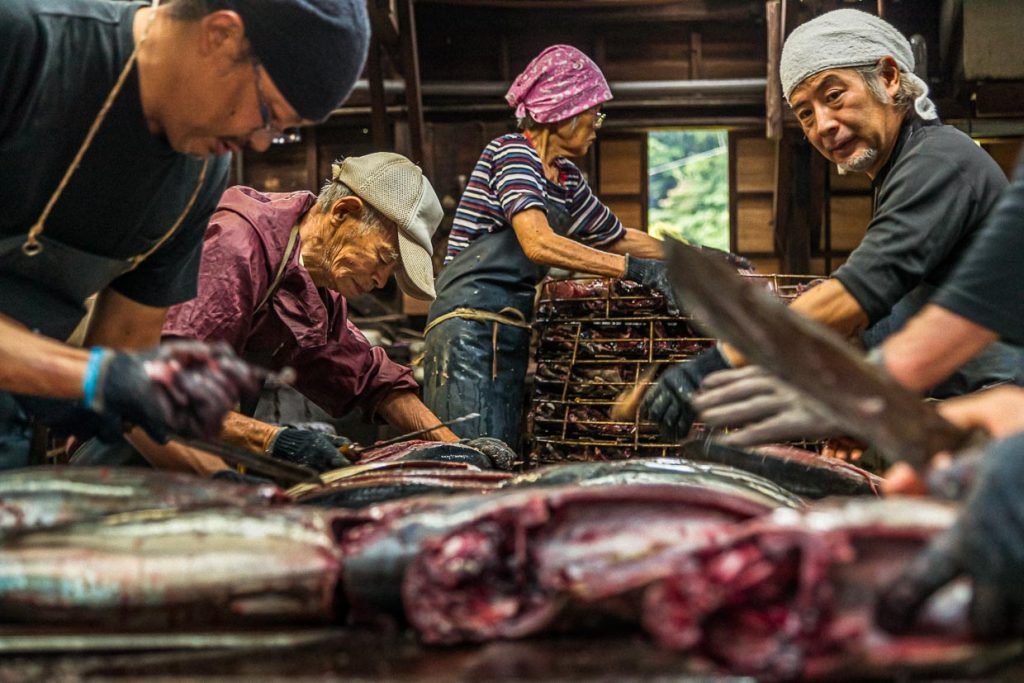
Yasuhisa Seriwaza uses the oldest method of fish preservation to produce a delicacy. In the end, an ancient process that originated more than 1,500 years ago turns the small tuna species bonito, into a rock-hard delicacy. Katsuobushi, known to us as bonito flakes, are the basic seasoning of Japanese cuisine and add depth of flavor to broths, sauces and soups. We experience an almost archaic process as the early morning processing of several tons of tuna begins in the small manufactory.
Fujinomiya, the town at the foot of Mount Fuji
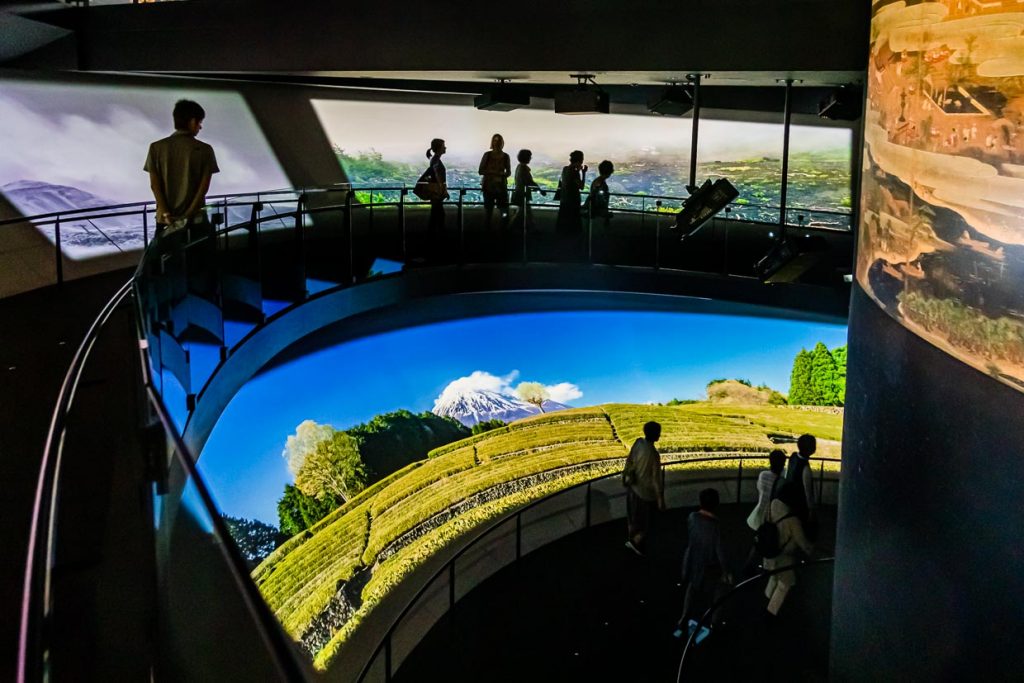
In Fujinomiya, the city at the foot of Mount Fuji, tourists can climb Mount Fuji all year round. What in the real world is only possible in a short window of time over the summer, is possible all year round at the Mount Fuji World Heritage Centre: a virtual ascent of the sacred mountain.
Spearfishing by moonlight – on Lake Hamana
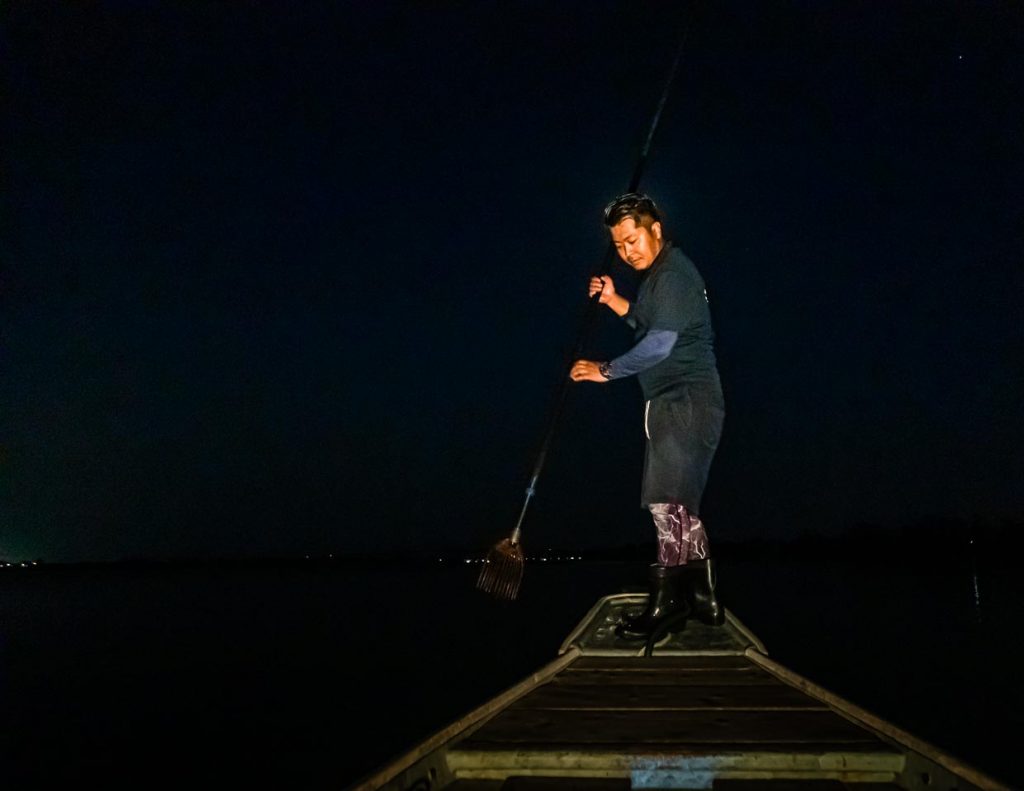
Hamana Lake in Shizuoka Prefecture has been connected to the Pacific Ocean since an earthquake. Its shallow waters near the shore are particularly suitable for spear fishing. Hunting with spears is one of the oldest hunting techniques ever. Travelers to Japan can book this special experience in Hamamatsu Municipality followed by a fish dinner on the lake.
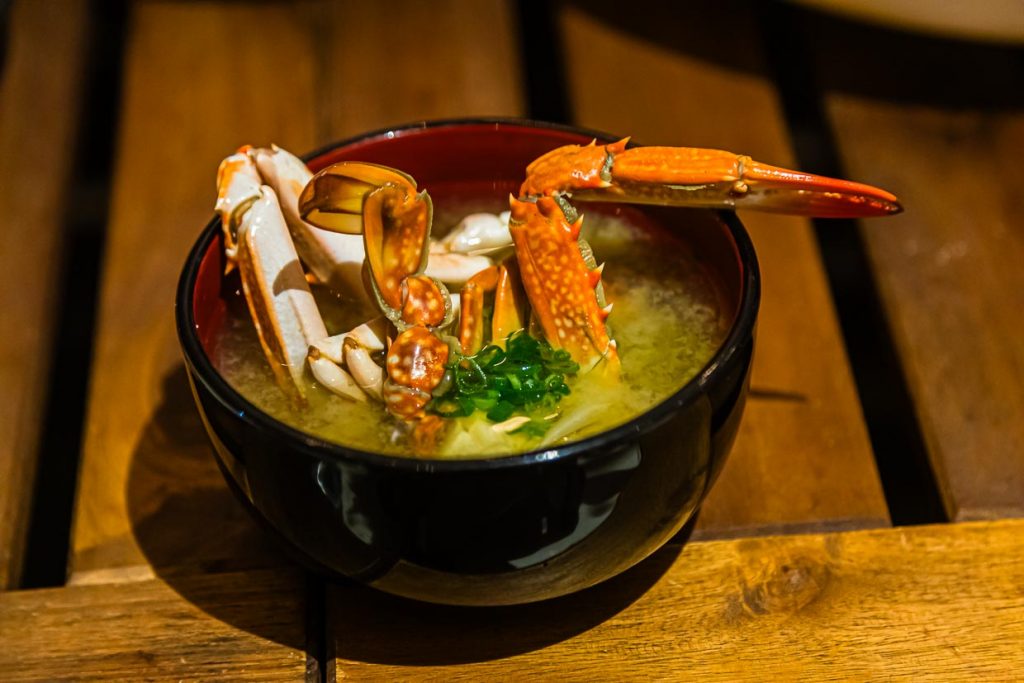
Typical Japanese: Green tea
Visit to a Japanese tea farmer. The tea farmers around Shizuoka City are very well organized. Thus, plantation visits can be organized for English-speaking tourists. Depending on your time and budget, you can book a tea plantation visit, an overnight stay with the tea farmer or just a tea ceremony.
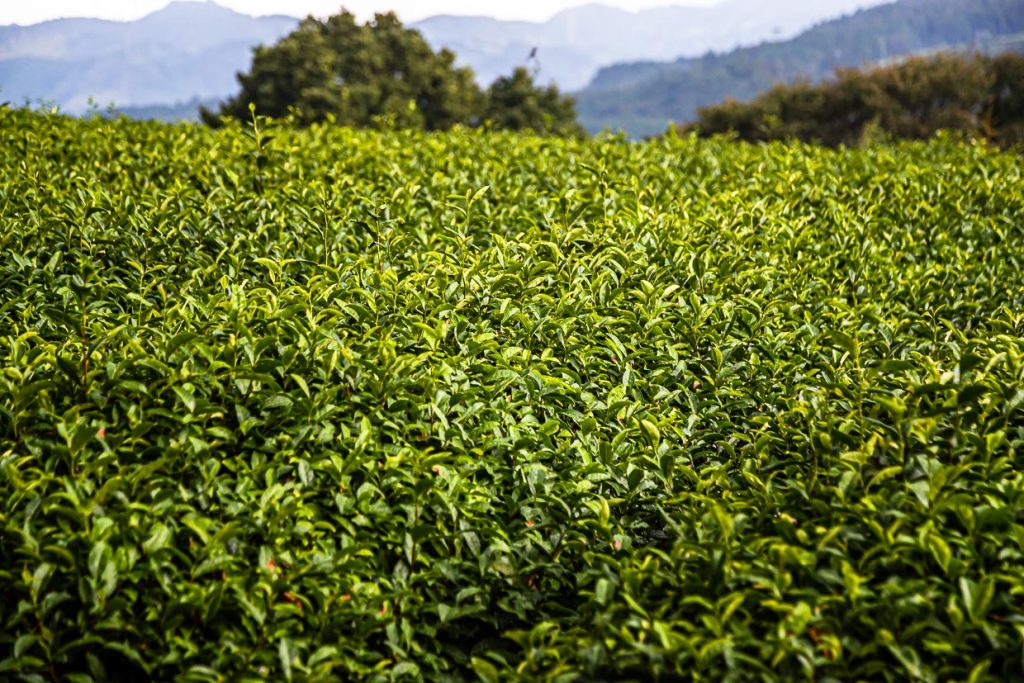
Shoyu – The basic seasoning of the Japanese
Soy sauce is an indispensable seasoning in Japanese cuisine. A small manufactory in Shizuoka Prefecture has made it its business to pass on the traditional knowledge of the classic production of soy sauce to younger generations. But even for food-loving tourists, the tour of the old Mejiiya Shoyu manufactory from 1872 near Hamamatsu is an experience.
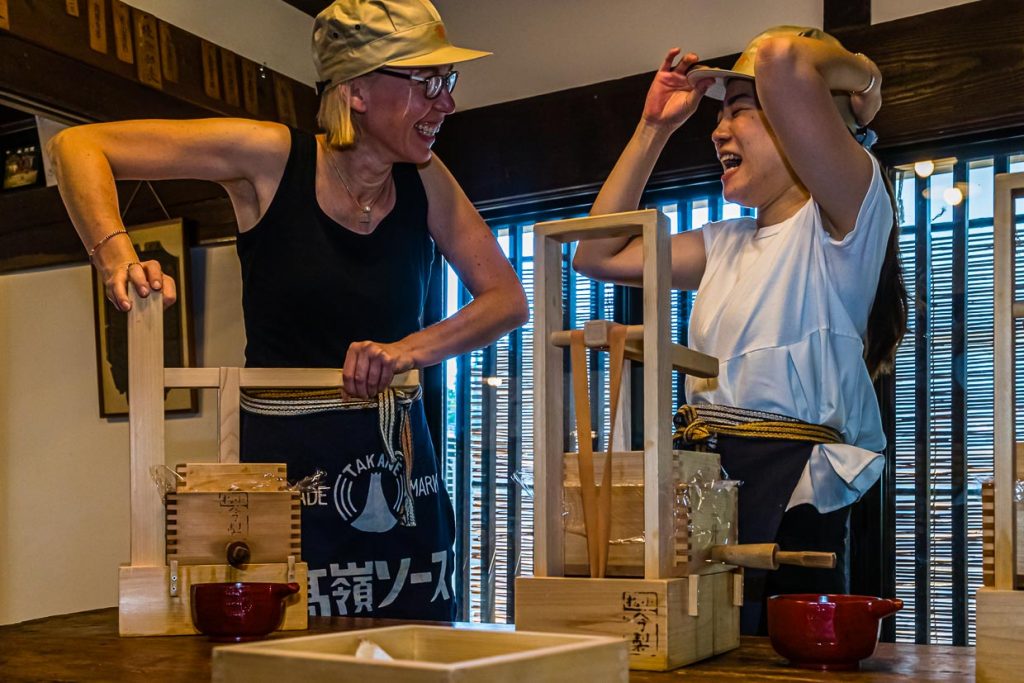
The Okura in Tokyo – a hotel icon recreated
The old Hotel Okura was a design icon from the 1960s. Before demolition work began on the 12-story cult hotel, there were signatures from loyal guests and design experts around the world to prevent its demolition. To no avail. Housing in the mega-city of Tokyo is so expensive that a new, much taller building has been built. But the legendary lobby lives on in the new hotel.
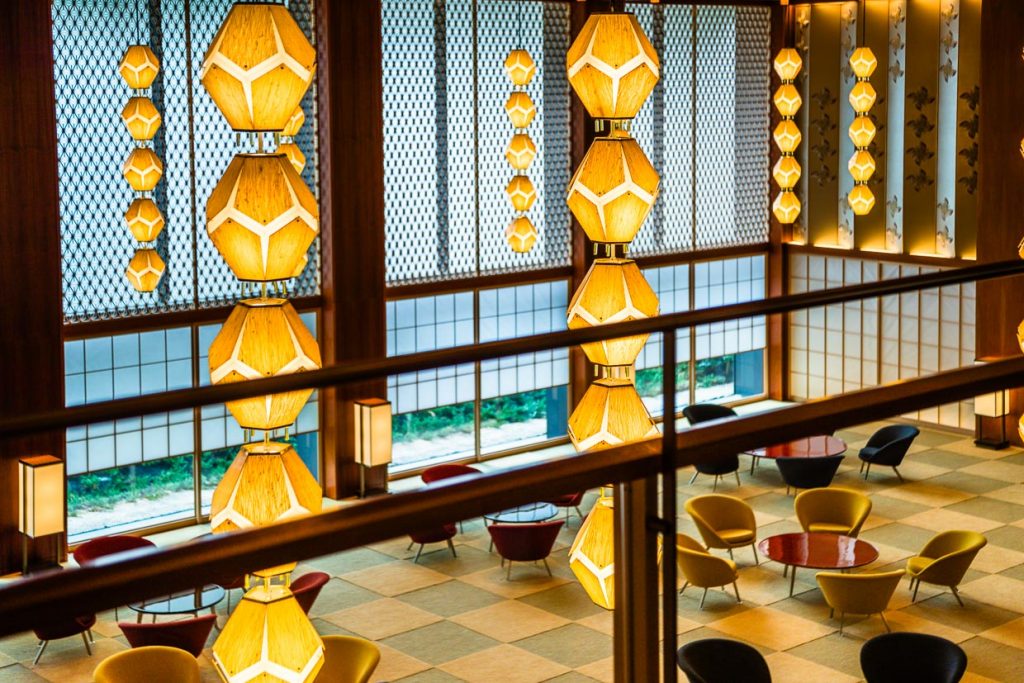
Typical Japan: professions and vocation
As we travel through Shizuoka Prefecture, we repeatedly meet people who have dedicated their entire lives to their profession. They continue to contribute and pass on their skills well into old age. We feel a very special frugality and satisfaction when we meet very different people and their professions.
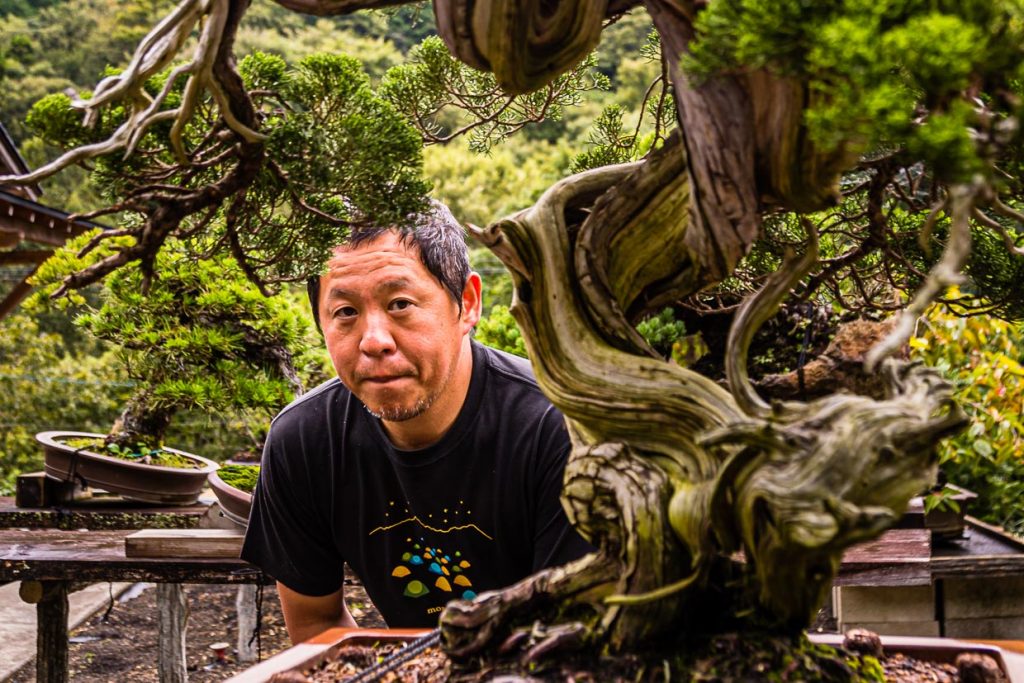
The research trip to the prefecture was supported in part by Shizuoka Tourism.

